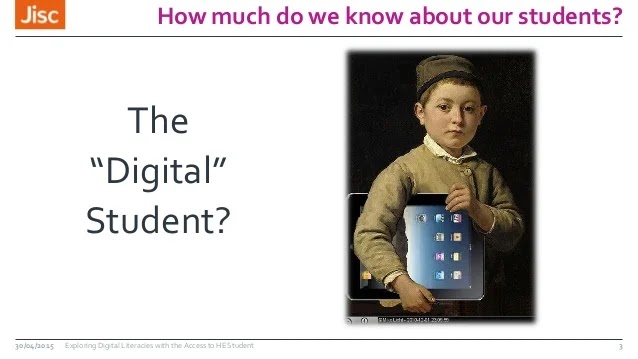Assistive Technologies: Improving Lives through Technology
Assistive Technologies: Improving Lives through Technology
Assistive Technologies (AT) are tools and devices designed to assist individuals with disabilities in performing daily activities. They have become increasingly important in the lives of people with disabilities, as they offer a way for them to live more independently and achieve greater freedom and autonomy. AT can include a wide range of tools, from mobility aids such as wheelchairs and walkers to communication devices and software applications.
With the development of modern technology, auxiliary technology is receiving increasing attention. Auxiliary technology refers to the use of various technological means to help people overcome physical, cognitive, and perceptual barriers in order to better live, work, and learn. They can include anything from simple auxiliary devices to complex electronic systems and software, as well as any tools and resources that can help people complete tasks. This article will explore the types, applications, and future development of assistive technologies.
Auxiliary technologies can be classified according to their purpose and function. Some common types include:
1. Visual assistance technology: These technologies can help visually impaired people better see the world. They can include magnifying glasses, magnifying screens, special displays, and screen reading software.
2. Auditory assistance technology: These technologies can help people with hearing impairment better hear sound. They can include hearing aids, hearing aids, and speech recognition software.
3. Sports assistance technology: These technologies can help people with physical disabilities better move and control their bodies. They can include wheelchairs, prosthetics, braces, motion assistance devices, and hand manipulators.
4. Cognitive assistance technologies: These technologies can help people with cognitive impairments better understand and process information. They can include image symbols, software, memory aids, and reminders.
One of the key benefits of AT is that it can help individuals with disabilities to participate more fully in society. For example, a person with a visual impairment can use a screen reader to access the internet and read emails, allowing them to stay connected with friends and family. AT can also help individuals with physical disabilities to navigate their environment more easily, by providing mobility aids or by adapting their homes with features such as ramps and grab bars.
AT is not limited to physical disabilities; it can also be used to support individuals with cognitive or sensory impairments. For example, individuals with autism spectrum disorder may benefit from software applications that help them to communicate more effectively, while those with hearing impairments may use hearing aids or cochlear implants to improve their hearing.
There are many different types of AT available, and they vary in complexity and cost. Some AT, such as a cane for a person with a visual impairment, can be relatively simple and low cost, while others, such as a high-tech communication device, can be more complex and expensive. It is important to note that not all AT is suitable for all individuals, and that the selection of AT should be tailored to meet the specific needs of the individual.
The development of AT has been driven by advances in technology, and the field is constantly evolving. New innovations are emerging all the time, such as wearable devices that can monitor vital signs or smart home systems that can be controlled by voice commands. These advances offer the potential to further improve the lives of individuals with disabilities and enable them to participate more fully in society.
Despite the benefits of AT, there are also challenges to its adoption and use. One of the main challenges is cost, as many AT devices can be expensive and may not be covered by insurance. In addition, there can be a lack of awareness among individuals with disabilities and their caregivers about the range of AT options available to them.
Another challenge is the need for ongoing support and training. Many AT devices require specialized training to use effectively, and ongoing technical support is often needed to ensure that they continue to function properly. This can be a barrier for individuals with disabilities who may have limited access to such support.
In conclusion, Assistive Technologies have the potential to significantly improve the lives of individuals with disabilities. They can enable greater independence and participation in society, and can help to address the challenges faced by individuals with disabilities in performing daily activities. While there are challenges to the adoption and use of AT, continued advances in technology offer the potential to overcome these challenges and further improve the lives of individuals with disabilities.








评论
发表评论